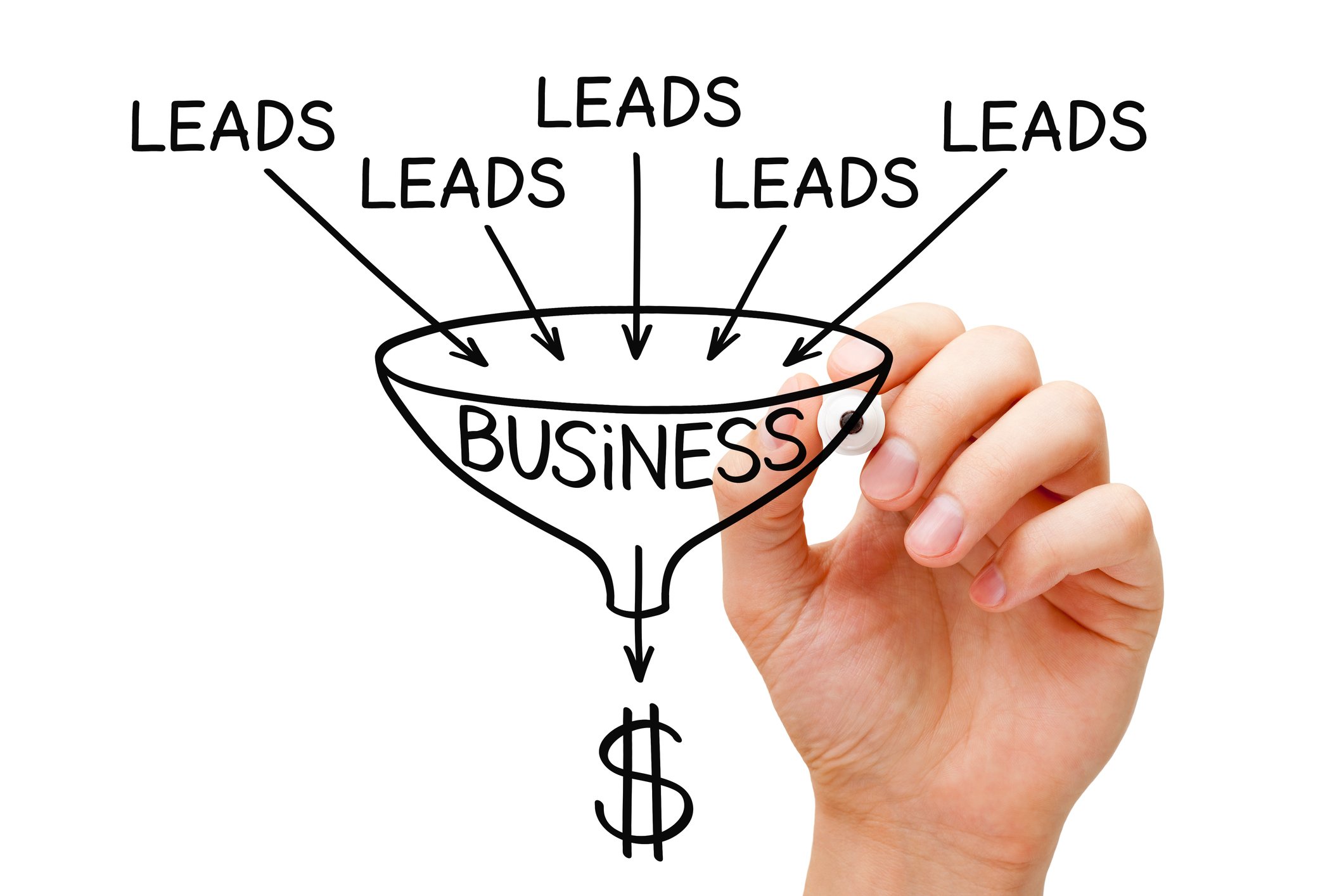Climbing up the Google Ranking: How to Improve Your Local SEO
Are you struggling to attract local customers to your store? You need a plan! With local search engine optimization (SEO), you can start reaching those customers.
Local SEO can help you rank higher on search engines like Google. You can boost brand awareness and start attracting more people to your store.
In fact, nearly 50% of all Google searches are local. Over 75% of people who complete a local search visit a nearby local business, too!
Not sure where to get started? Here are eight tips that can help you improve your local SEO ranking.
Give your business the boost it needs. Get started with this local SEO guide today.
1. Claim Your GMB Listing
Before you use the rest of this local SEO guide, start the process of claiming your Google My Business (GMB) listing. Your GMB listing appears in the top right corner of a Google search. When someone searches for your business, your GMB listing can appear.
Consumers can use your listing to discover your:
- Business name
- Location/directions
- Phone number
- Business hours
- Website
- Customer reviews
- Posts and updates
- Photos and videos
If your GMB listing isn't up-to-date, you could risk confusing customers.
Make sure all of your information is accurate. Your name, address, and phone number (NAP) should appear in the same format it does on your website.
Keep your GMB listing updated by posting relevant updates. For example, you can let customers know if they're required to wear masks. Maybe you need to change your hours for an upcoming holiday.
Optimizing your GMB listing could help you appear in the Google 3 Pack. The 3 Pack includes three businesses that display on Google Maps. Appearing in the 3 Pack can help your business stand out from the rest.
You can go here to claim and manage your listing.
2. Grab Other Listings
Once you update your GMB listing, determine where else your website appears online. For example, you might appear in other directories like:
- Yelp
- Bing Places
- FourSquare
As you update each listing, make sure your NAP is consistent. Otherwise, you could risk confusing customers. They might arrive at the wrong address or call the wrong number.
Inconsistency could hurt your local SEO ranking, too.
3. Research Your Audience
Before you start creating content for your local SEO marketing strategy, take the time to research your customers. The more you know about your target audience, the better. You can create personalized content with their needs and interests in mind.
First, segment your broad target audience into personas. You can define each group based on demographics and psychographics like:
- Age
- Gender
- Location
- Household income
- Pain points
- Buying behaviors
- Interests
- Hobbies
- Marital status
- Education
- Language
Then, determine what your customers look for when they search for your product or service online. For example, are they asking questions? You can create content that answers those questions.
Develop your keyword research by using Google Trends, Keyword Planner, or Ahrefs. You can also work with a local SEO company to gather the research you need.
Once you know what keywords your customers use in a search, you can appeal to their search intent. Appealing to the user's search intent could boost your SEO ranking.
Otherwise, Google might not display your website on its results pages.
4. Update Your Website
Updating your website is an important part of your local SEO strategy. If your website is old and outdated, it could hurt your ranking. Consumers might leave your website without exploring your content.
Your clickthrough rate and dwell times will drop. Meanwhile, your bounce rate might increase. A high bounce rate can hurt your ranking.
Instead, consider the latest user experience (UX) design trends when updating your website. UX design will offer visitors ease and convenience.
First, make sure your website is fast and mobile-optimized. Otherwise, people could struggle to explore your content.
Use white space to give your content room to breathe. Organize content in headings and subheadings. Try writing with shorter sentences and paragraphs as well.
You can look for local SEO services that include website optimization to improve your rankings.
5. Go Mobile
Mobile traffic could increase by 25% by 2025. As more people rely on their phones for answers, it's important to consider your mobile strategy.
In fact, Google uses mobile-first indexing to determine rankings. If you're not optimized, your competitors will rank ahead of you. You could struggle to reach customers as a result.
Getting optimized can ensure you experience the benefits of local SEO. You can boost brand awareness, generate web and foot traffic, and increase conversions.
With local SEO, you can set your business up for growth and success.
6. Gather Reviews
Ask your happy customers to post their reviews on your GMB listing. Happy reviews can improve your brand's credibility. It could boost your local rankings, too.
Use an automation tool to filter fresh reviews to your website as well.
Here are a few tips that can help you generate fresh Google reviews.
7. Craft Fresh Content
Once you've gathered your keyword research, start creating fresh content for your website. For example, you can create:
- Blog posts
- eBooks
- Polls
- Quizzes
- Videos
- Infographics
Try using location-specific keywords within your content. Local customers will see you have the answers they're looking for. They might contact you for help in the future.
Don't forget to develop a link-building strategy. Link-building can further improve your SEO rankings. Try linking to high-authority websites.
You can also guest blog to build backlinks, which will send readers to your websites.
Do you have more than one business location? Consider creating location-based pages on your website, too. Include an embedded Google Map on the page to help people find your store.
8. Optimize Images
As you create content for your blog, don't forget to include unique, branded images. Imagery can help you grab the reader's attention. You'll have an easier time keeping them engaged.
Don't forget to optimize your image alt text and titles with your target keywords, too.
Boost Your Rankings: 8 Tips for Stronger Local SEO
With a strong local SEO strategy, you can boost your ranking and start reaching more customers. Brand awareness will rise, allowing you to generate more website and foot traffic. Then, you can generate more leads and sales.
Set your business up for growth and success by experiencing the benefits of local SEO for yourself today!
Looking for more ways to give your business a boost? We can help.
Request a demo with our team today to get started.
 By
By


